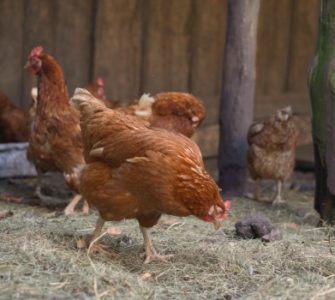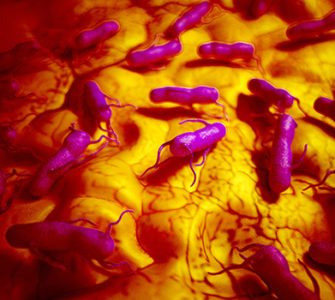Right skills critical to managing increases in Salmonella, coccidiosis associated with cage-free egg production
Producers making the switch to cage-free egg production need to ensure they and their staff are properly prepared for managing potential increases in Salmonella and other health challenges associated with those systems.
John Brown, DVM, Zoetis senior technical services veterinarian, said cage-free operations typically experience higher levels of Salmonella, coccidiosis and necrotic enteritis, as well as more “old” diseases such as fowl cholera.
And unless staff have the right skills to transition from conventional systems and respond to increased disease challenges, cage-free enterprises run the risk of not being as productive as they could be.
Speaking to Poultry Health Today at the International Production and Processing Expo in Atlanta, Georgia, Brown said older producers may have started their careers raising birds in barns.
But with the sector then moving to cages, many have lost the knowledge of how to raise birds successfully on the floor.
Skills of people who are managing birds is a huge issue, he added, and in many new set-ups producers are trying to relearn what they knew before.
Intestinal issues
With more access to the litter, combined with the use of coccidiosis vaccine and associated oocyst cycling, farmers are encountering problems with issues of coccidiosis, necrotic enteritis and malabsorption.
Producers are also experiencing increases in Salmonella, thanks to birds having more access to manure, as well as potentially higher exposure to rodents.
“There’s [also] more dust,” he said. “We know Salmonella is common in dust, and in an environment that has Salmonella, it can be spread [that way].”
While S. Kentucky is proving to be the most common strain in cage-free systems, S. Typhimurium is also popping up regularly on farms.
“S. Enteriditis seems to be under better control than it used to be, but it’s still out there occasionally,” he added.
To get a handle on the increase in Salmonella, Brown said vaccination and good biosecurity are key.
“[That means] cleaning and disinfection between flocks, [and a] good vaccination program, using both a live and a killed vaccine for Salmonella, is critical.”
Looking ahead, Brown said producers need to continue to be aware of the bacterial challenges that dust and air-quality issues can create for them.
“We’ve got that E. coli vaccine which helps tremendously from an E. coli standpoint, but there are a ton of other factors,” he added.
“We’re seeing more fowl cholera than we used to see, and the problem with that is…when you open up birds in the field, E. coli and fowl cholera look almost virtually identical. [So] you’ve got to do diagnostic work.”
Posted on June 23, 2021

















